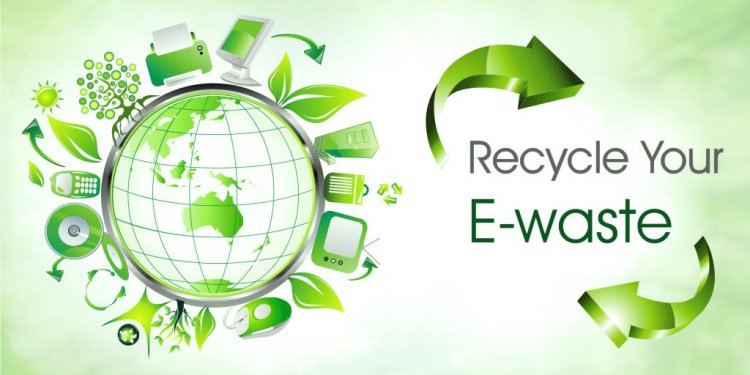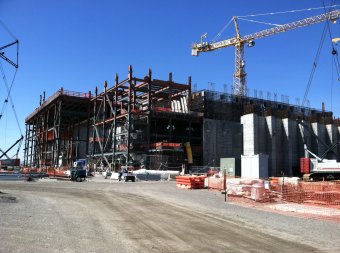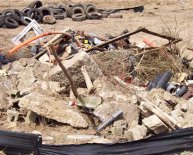
Waste Disposal Project
Nuclear Waste > Projects > Tank Waste Disposal Project
The primary focus of the project is the safe treatment and permanent disposal of Hanford's 56 million gallons of highly toxic and radioactive tank waste. Treatment includes Waste Treatment Plant (WTP) design and construction, permitting, and waste characterization. Disposal will include permitting and facility design, construction, and characterization.
Project Background
In June 2002, workers poured the first yard of concrete for WTP, a facility designed to treat the 56 million gallons of hazardous, high-level radioactive nuclear waste currently in 177 aging underground storage tanks (USTs). The start of construction was the culmination of more than a decade of effort by the State of Washington and the U.S. Government to build a facility capable of treating the waste and reducing the risk posed to humans and the environment.
WTP was projected to begin processing the waste in 2022 by removing it from the old storage tanks, treating it, and immobilizing it in glass logs through a process called "vitrification." WTP is the cornerstone to Hanford cleanup, and we are working diligently to promote a timely launch for WTP operations.
Why It Matters
Hanford's 177 USTs were built as early as the 1940s. These tanks have exceeded their life expectancy and have leaked more than one million gallons of hazardous and radioactive waste into the ground. For more about USTs and the two types at Hanford, see the Tank Waste Storage page.
Eventually, tank waste will reach the Columbia River, but it is currently concentrated in the 200 Area. WTP is critical in helping to clean up Hanford and reducing the possibility of further threats to the environment and people of the Columbia River. For more information, see our groundwater page.
Vitrification is the process by which a liquid is turned into glass. The tank waste will be mixed with glass formers, heated to 2, 100°F, and poured into stainless steel containers for cooling and storage. The waste will be safely stored in glass form while the radioactivity levels decrease over hundreds to thousands of years.

High-level waste will be transferred via underground pipes to the High-Level Waste Vitrification Facility, also known as the HLW Facility (pictured above). When complete, the HLW Facility will be 440 feet long and 275 feet wide, approximately the size of three football fields, and 95 feet, or six stories, high.















